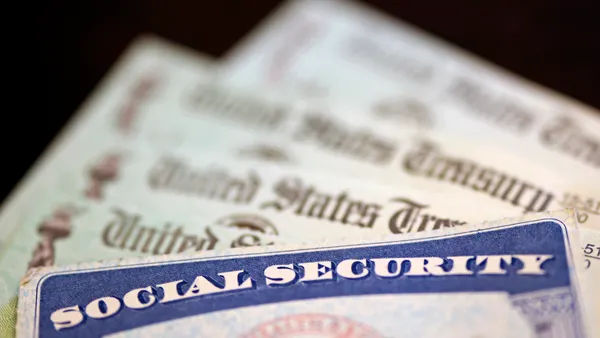Dive Brief:
- San Francisco-based startup VCV.AI announced Thursday that it raised $1.7 million from investors — including angel investor Masahiro Takeshima of Indeed — to continue developing its face and voice recognition technology powered by artificial intelligence (AI). VCV said it aims to develop AI-powered tech that can automatically screen job candidates.
- The company said that the technology is an example of "robo-recruitment" that can eliminate bias in hiring and make the process "more fair and efficient for everyone involved."
- VCV said PwC, L’Oreal, Citibank and Mars already its technology to automate some aspects of the recruiting process.
Dive Insight:
Technology that streamlines, accelerates and removes bias in recruiting may well be the next frontier for talent tech. Innovative companies are already looking to the next set of solutions to further advance sourcing while cutting time-to-hire and costs — especially now that talent is emerging as a top risk for organizations, according to a recent Gartner study.
"Technology has transformed so many industries and workflows, yet far too often, hiring remains behind the curve. In my decade working in human resources, I’ve seen firsthand not just the challenges of hiring, but how outdated and inefficient the process often is," Arik Akverdian, founder and CEO of VCV.AI, said in a statement. "But AI can improve and streamline the hiring process, while also helping to remove corrosive biases that all humans have. There’s no reason technological innovation shouldn’t transform this area of business — especially considering human talent is an organization’s most important asset."
But questions about facial-recognition technology's reliability remain. Untrained AI could easily misclassify people and keep qualified individuals out of work or other opportunities, a World Economic Forum report stated last year. Even poorly trained algorithms could devastate diversity and inclusion initiatives, Candi Castleberry Singleton, Twitter's VP of diversity, partnership strategy and engagement, noted at Workhuman 2019. Once an algorithm makes an uncorrected mistake, it will double down on that mistake until the effects are noticeable by human operators — and by then, damage may already be done. To that end, HR must be wary of the risks when adding AI to its toolbox.












